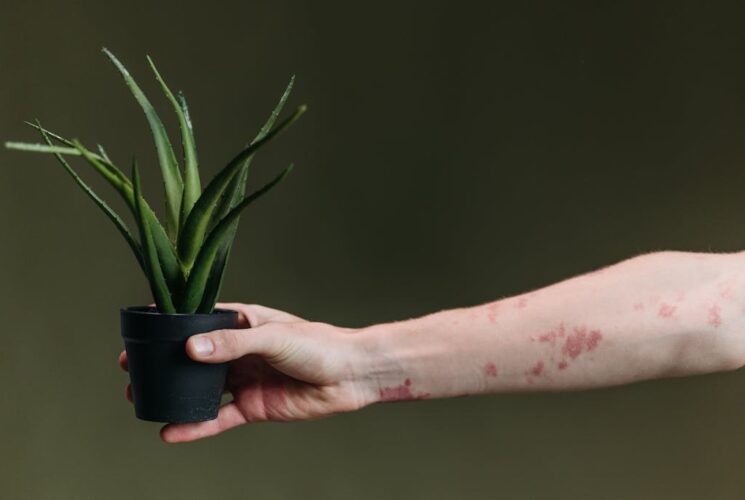
Itchy skin rashes are a common problem that can cause discomfort and irritation. These rashes can appear for many reasons, from allergies to infections. Understanding the type of rash and its cause is essential for treating it effectively. Here are some common itchy skin rashes and how they can be identified and treated.
Eczema is a chronic condition that causes dry, itchy patches of skin, usually on the hands, feet, or behind the knees. The skin may appear red, inflamed, or cracked. The exact cause of eczema isn’t known, but it may be triggered by allergens, dry skin, or stress. Treatment often involves moisturizing the skin, using topical corticosteroids, and avoiding triggers. A healthcare provider may recommend antihistamines or other medications to control itching.
Hives are raised, red welts on the skin that are often caused by an allergic reaction to food, medications, or insect stings. The rash appears suddenly and can be very itchy. Hives can last for a few hours or up to several days. To treat hives, it’s important to identify and avoid the trigger. Antihistamines are commonly used to reduce itching and inflammation. If hives are severe, or if they cause difficulty breathing, seek medical attention immediately.
Contact dermatitis occurs when the skin comes into contact with an irritant, such as certain chemicals, soaps, or plants like poison ivy. This rash typically appears as red, itchy bumps or blisters and can be painful. Treatment involves avoiding the irritant and applying soothing creams like hydrocortisone or calamine lotion. In more severe cases, a doctor may prescribe a stronger corticosteroid cream.
Psoriasis is a chronic condition that causes the skin to form thick, scaly patches, often on the elbows, knees, and scalp. These patches are usually itchy and may be red, silvery, or inflamed. While the exact cause is unknown, it is believed to be related to an overactive immune system. Psoriasis can be treated with topical treatments like corticosteroids, moisturizers, or vitamin D creams. In some cases, phototherapy or systemic medications may be required.
Ringworm is a fungal infection that appears as a red, circular, itchy rash with clear skin in the middle. It can affect any part of the body but is commonly seen on the feet, scalp, or groin. Antifungal creams or oral medications are typically used to treat ringworm. Keeping the affected area clean and dry can also help speed up recovery.
Heat rash occurs when sweat gets trapped in the sweat ducts, leading to itchy, red bumps or blisters, usually in areas where clothing causes friction, like the neck or armpits. It is common in hot, humid weather. Keeping the skin cool and dry can help, and calamine lotion or hydrocortisone cream may provide relief.
Insect bites, such as those from mosquitoes or fleas, can cause localized itching, swelling, and redness. These rashes usually appear as small raised bumps or welts. To treat insect bites, apply an anti-itch cream, such as hydrocortisone, or use an oral antihistamine. Keeping the bite clean and avoiding scratching can help prevent infection.
Itchy skin rashes are uncomfortable, but most can be managed with proper treatment. If a rash is persistent, severe, or accompanied by other symptoms, it’s important to consult with a healthcare provider to ensure proper diagnosis and treatment.
© InsiderScoop